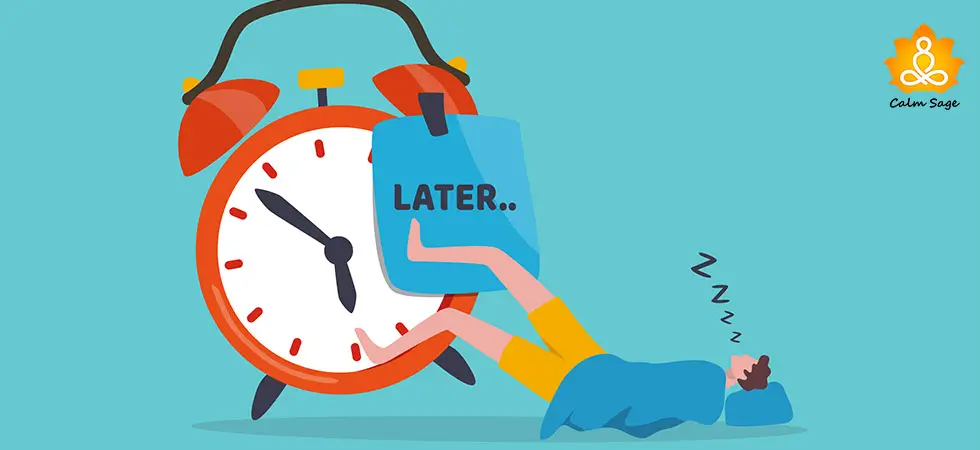Caffeine Withdrawal: Symptoms & How To Deal With Them
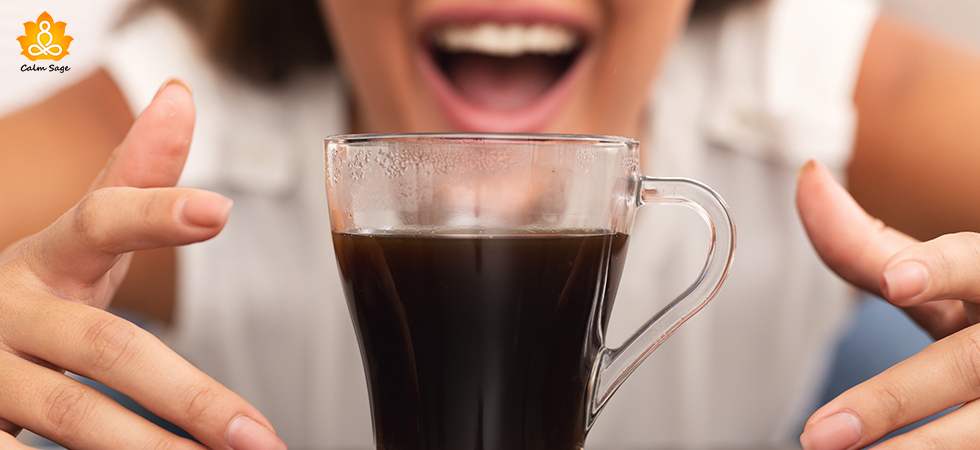
One morning cup of coffee can boost your mind and productivity, however excessive caffeine consumption can be harmful. Moderate caffeine intake – two cups a day – can enhance your performance and lower the risk of heart disease but for people who struggle with panic disorders, anxiety, or irregular heart rates, consuming caffeine isn’t healthy.
Caffeine is an addiction that is not easy to quit. Abruptly quitting caffeine can lead you to develop withdrawal symptoms such as headaches, migraines, dizziness, and nausea.
Also Read: How To Talk To Someone About Their Addiction
In this article, we’ll explore what does caffeine withdrawal means; its symptoms, and how to cope with the withdrawal symptoms without worsening them.
so without a late let’s dive…
What Is Caffeine Withdrawal?

Nearly everyone regularly consumes a caffeinated beverage in a day. Caffeine is a compound that is a stimulant of the nervous system. Although caffeine isn’t unhealthy as other substances, however, too much caffeine can lead you to develop a dependence.
If you’re in a habit of consuming caffeine – say at least two or three times a day – and decide to abruptly quit one day, it can cause you to develop physical, psychological, and emotional symptoms.
In the American Psychiatric Association’s DSM-5, caffeine addiction and caffeine withdrawal are classified as mental health disorders.
You can develop the symptoms of caffeine withdrawal even if you skip your daily morning coffee. The symptoms can range from mild to severe depending on your daily intake.
Also Read: Are You Sensitive To Caffeine? | Here’s What You Need To Know
Caffeine Withdrawal Symptoms
Headaches are the most common withdrawal symptom that you’ll experience if you quit caffeine.
Other symptoms can be:
- Nausea
- Vomiting
- Mood swings
- Fatigue
- Dizziness
- Irritability
- Anxiety
- Trouble concentrating
- Brain fogginess
- Muscle aches
- Negative mood/depressed mood
These symptoms begin within the first 24 hours of quitting caffeine and can stay with you for 2-10 days. If you’re someone who is a high caffeine drinker, then you’ll most likely experience these symptoms more intensely than an average caffeine drinker.
Sometimes, people go back to caffeine to soothe these symptoms which makes quitting that much harder.
Coping With Caffeine Withdrawal
1. Gradually Replacing Caffeinated Food & Beverages

A very good and effective way to limit your caffeine intake is to reduce the intake. Do not quit unexpectedly. Start by reducing caffeine slowly day by day. While this might take weeks or even months to quit caffeine, it will eventually work.
You can also try replacing caffeinated beverages with caffeine-free beverages such as:
- Herbal tea
- Black tea
- Soda
- Fruit juice
- Ginger ale
- Decaffeinated tea & coffee
Replacing your caffeinated beverages with these products will help you reduce dehydration, dizziness, fatigue, and nausea.
2. Keep Track Of Your Caffeine Intake
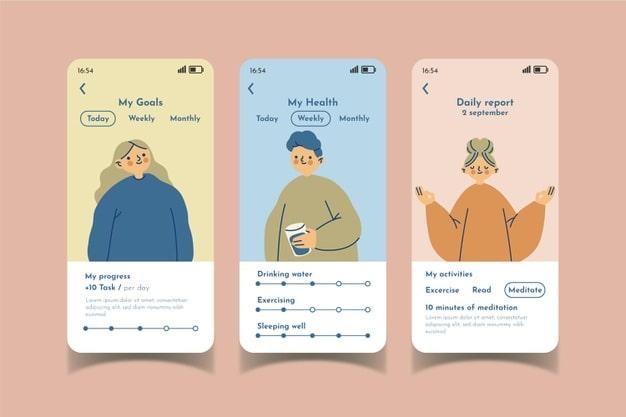
You can also start by maintaining a diary to keep track of your caffeine intake. Write down the foods and beverages you are taking that have caffeine in them. You can also write down any prescription or supplements if they have caffeine in them.
This will help you keep a note of your caffeine intake and how much you need to cut back. Slowly, start to reduce your caffeine intake while keeping your notes.
You can try reducing the amount of caffeine in your coffee or tea by replacing half of it with water or you can limit the number of cups per day. Don’t do this all at once, though. Go slow.
3. Stay Hydrated & Get Plenty Of Rest
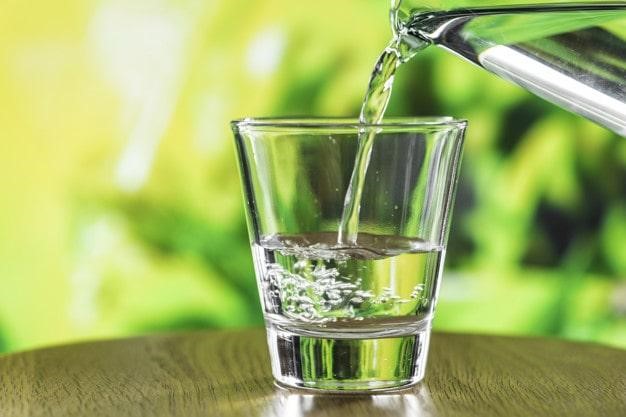
One of the major symptoms of caffeine withdrawal is a headache. To reduce the risk of a migraine or a headache, keep yourself hydrated. Replacing caffeine with water will reduce your risk of getting dehydrated.
If you’re quitting caffeine then you need to develop a habit of drinking at least 8 cups of water a day.
Another thing you can do to prevent headaches and fatigue is getting plenty of rest. Get extra sleep to fight and try going on a run every morning to naturally boost energy. The goal here is to reduce the intake of caffeine while keeping your energy levels up.
Get Help from Mental Health Professionals
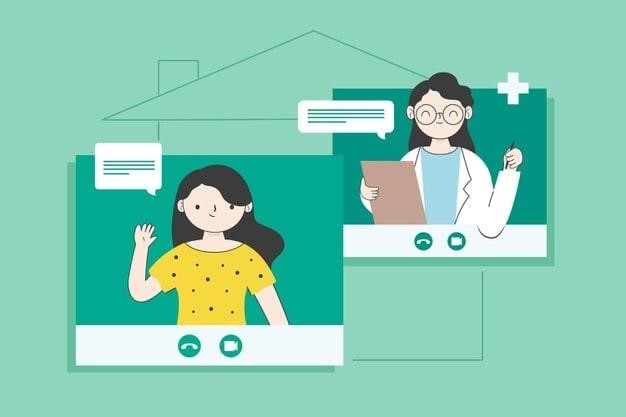
Mood swings are common when battling caffeine withdrawal but if your negative mood or depressed mood continues even after you’re free of caffeine, then it is recommended that you talk to a mental health professional.
Disclaimer: As BetterHelp Affiliate, We may receive compensation from BetterHelp or other sources if you purchase products or services through the links provided on this page.
Many times, mental health problems can disguise themselves in the form of addiction. Reach for help if your symptoms last longer than expected. If you’re looking for a trained professional to connect with, you can visit any of these online therapy platforms or you can write to us at info@calmsage.com for more information.
Take care of yourself! You are important!






